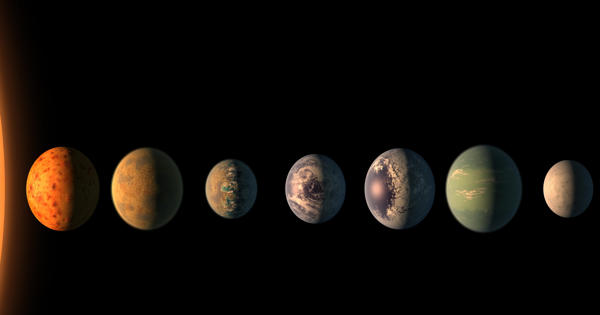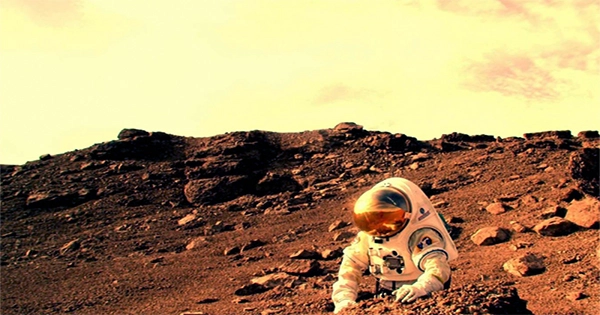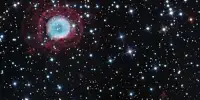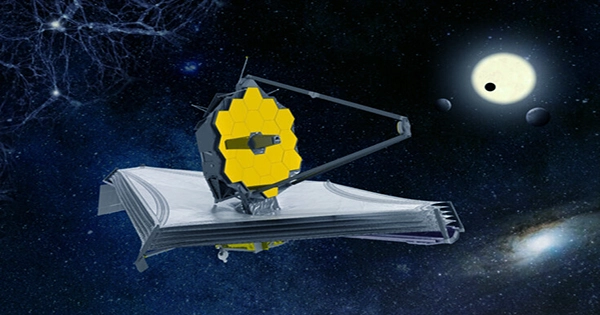TRAPPIST recently found a solar system with seven planets, three of which are potentially habitable. TRAPPIST-1 is an ultracool red dwarf star located almost 40 light years away from the Sun in the constellation of Aquarius. It is an ultra-cool red dwarf star with a radius slightly larger than the planet Jupiter, while having 84 times Jupiter’s mass. We know the galaxy teems with exoplanets — we’ve discovered over 3,400 of them so far — but one reason for the excitement around this discovery is the proximity of this system: It’s only 40 light years away. It is about 40 light-years (12 pc) from the Sun in the constellation Aquarius.
TRAPPIST-1 is a red dwarf star, by far the most common type of star in our Milky Way galaxy. Three of the TRAPPIST-1 planets are firmly within the star’s habitable zone – aka the Goldilocks’ Zone – in which liquid water can exist on a planet’s surface.
The red dwarf is known for having seven Earth-sized rocky planets around it. Seven temperate terrestrial planets have been detected orbiting it, more than any other planetary system except Kepler-90. These planets were discovered between 2016 and 2017, and are likely rocky and some may even have liquid water on them. Four of these planets (d, e, f, and g) are in the habitable zone, so they are most likely to have liquid water. Three other planets here (b, c, and h) are not in the habitable zone and are likely not habitable. In February 2018, a closer study of the seven planets suggested that some could harbor far more water than the oceans of Earth, in the form of atmospheric water vapor for the planets closest to their star, liquid water for others, and ice for those farthest away.
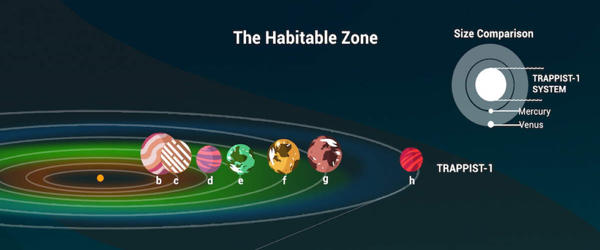
A study released in May 2017 suggests that the stability of the system is not particularly surprising if one considers how the planets migrated to their present orbits through a protoplanetary disk. In August of 2017, the Hubble Space Telescope possibly found traces of possible water in the atmospheres of some of the TRAPPIST-1 planets. This system of seven rocky worlds–all of them with the potential for water on their surface–is an exciting discovery in the search for life on other worlds. There is the possibility that future study of this unique planetary system could reveal conditions suitable for life.
High-resolution speckle images of TRAPPIST-1 were obtained and revealed that the M8 star has no companions with a luminosity equal to or brighter than a brown dwarf. The new study pinned down the density of each planet more precisely, making TRAPPIST-1 the most thoroughly known planetary system apart from our own. This determination that the host star is single confirms that the measured transit depths for the orbiting planets provide a true value for their radii, thus proving that the planets are indeed Earth-sized.
Information Source:
